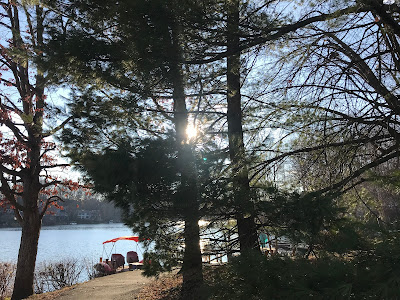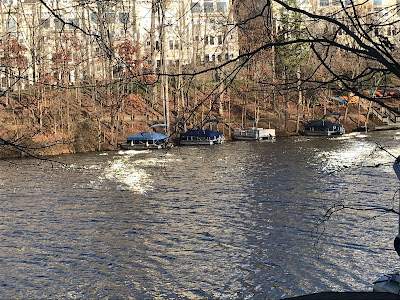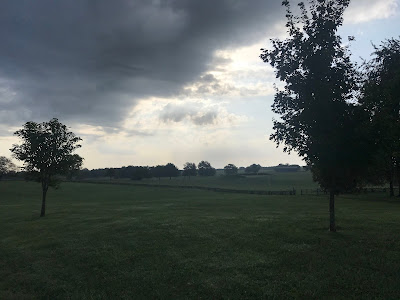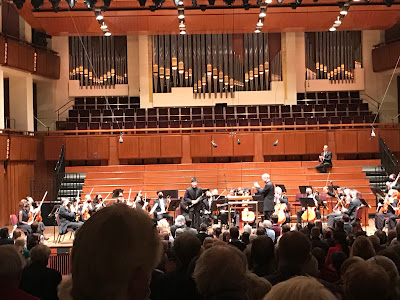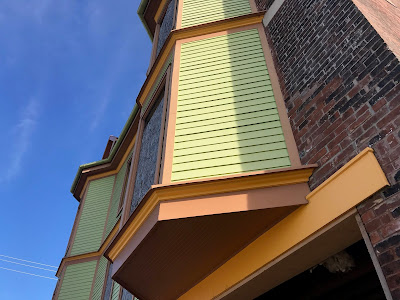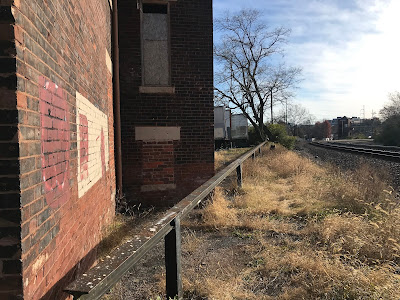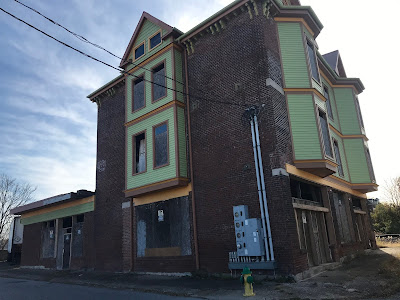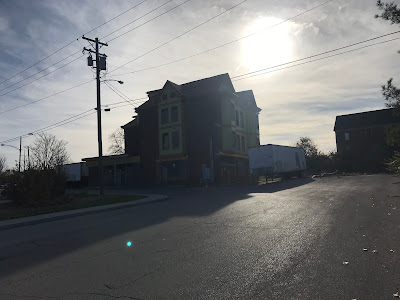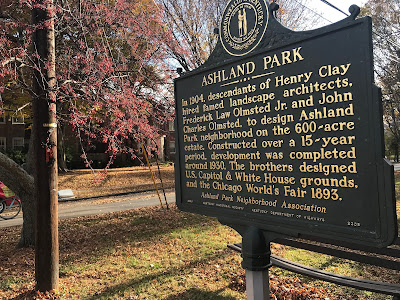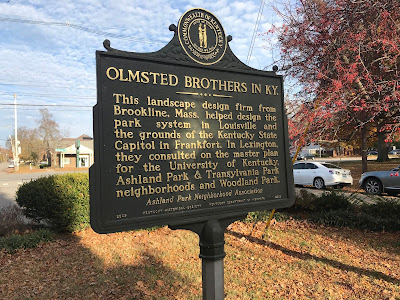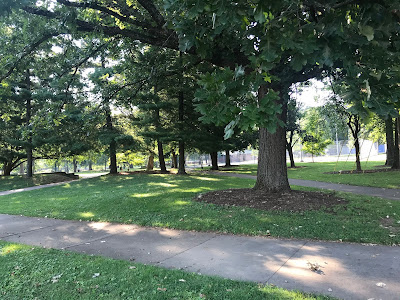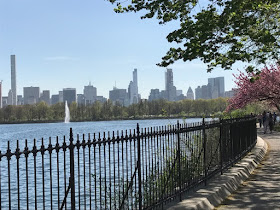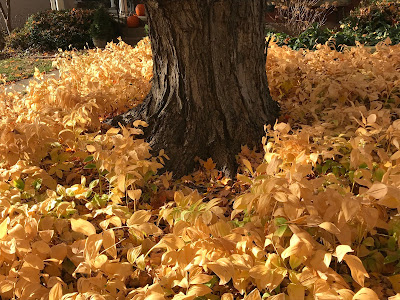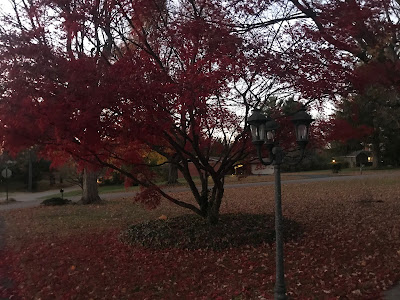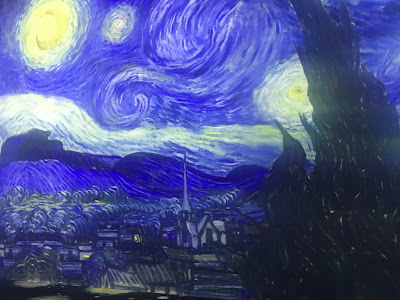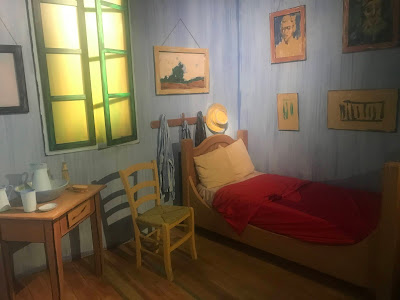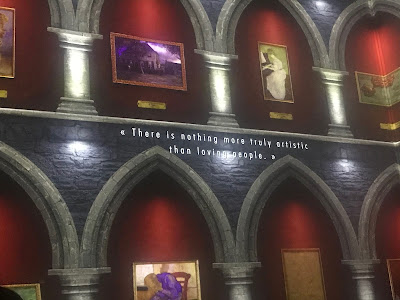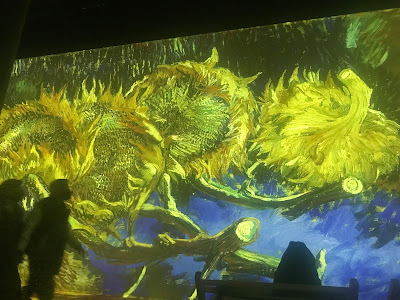Wind-Whipped Walk
On Friday, ahead of what I’d heard would be a snow-stormy weekend, I took a brisk walk around Lake Audubon. Well, not exactly around, but as far as I could go.
The wind had already picked up, and it was moving across the lake, creating patches of sunlight on the water that glimmered and moved with the wind.
I was wearing my warm black parka with the faux-fur-lined hood, which kept me warm but hampered movement, so I wasn’t skittering ahead as quickly as I usually do. But I was comfortable and meditative and feeling energized by the wind in my face.
These are the moments that gladden the lives of walkers everywhere — or at least this one.
